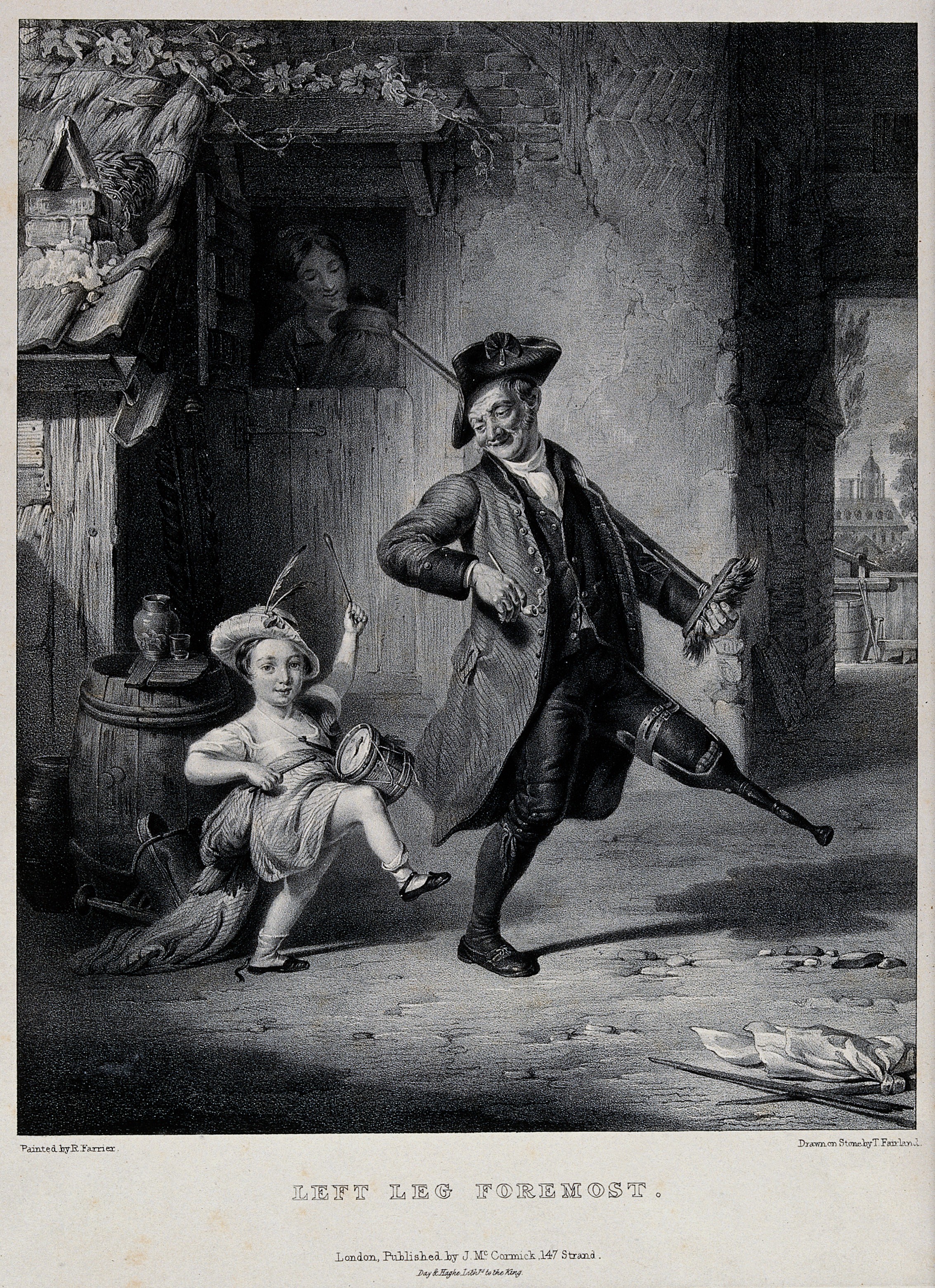2.1.6
Chapter 6
Chapter 6: Sherlock Gives a Demonstration
Chapter 6: Sherlock Gives a Demonstration
Knowing that the police are on their way, Holmes leaps into investigative action with Watson – he wants to examine the crime scene thoroughly before the incompetent police arrive.


Holmes' conclusions
Holmes' conclusions
- From investigating the room, Holmes concludes that a wooden-legged man broke into the room and had an accomplice to help him escape.


Footprint
Footprint
- Whilst examining the floor closely, they find a small footprint – Watson jumps to the conclusion that a child must have committed the murder.
- But Holmes whips out his magnifying glass and examines the floor more closely. He finds traces of creosote on the footprint and suggests that they could use a dog to follow the scent.


Arrival of Athelney Jones
Arrival of Athelney Jones
- Inspector Athelney Jones enters the room, loud and wheezing, and interrupts the investigation.
- Jones’ first comment to Holmes is insulting. He calls him a ‘theorist’.
- Jones is shown to dismiss Holmes’ ideas and mock them, whilst jumping to a number of conclusions himself with no evidence: ‘Ha! I have a theory’.
- Ironically, it is Jones who is actually the theorist, who has no real evidence on which to base his ideas.


Jones' accusation
Jones' accusation
- Jones begins to state that Thaddeus must be guilty. Holmes tells Jones that he does not know all of the information yet.
- Holmes tells Jones about the poisonous thorn. Jones uses it to weave his own theory around how that proves Thaddeus’ guilt.
- He argues that Thaddeus has a house full of Indian curiosities, so could have used a foreign poisonous thorn to kill his brother.


Holmes accuses Jonathan Small
Holmes accuses Jonathan Small
- Regardless of his lack of evidence, Jones decides to arrest Thaddeus Sholto.
- Holmes explains to Jones how Thaddeus could not have committed the crime:
- He names Jonathan Small as the criminal.
- Jonathan Small has a wooden-leg, and there is a mark of a wooden leg on the windowsill.
- He was a convict.
- He names Jonathan Small as the criminal.


Holmes' promise
Holmes' promise
- Holmes promises to reveal Jonathan Small and his accomplice to Inspector Jones as soon as he can. He then walks away, dismissing Jones.
- Holmes tells Watson to take Mary Morstan home and then to go and collect Toby (a dog).
Key Quotations for Chapter 6
Key Quotations for Chapter 6
Here are three key quotations for Chapter 6:


Holmes' investigation
Holmes' investigation
- ‘My case is, as I have told you, almost complete (Sherlock Holmes).
- Holmes' use of the possessive pronoun, ‘my’, shows that he views this case as entirely his own piece of investigation – he does not even include Watson as a real intellectual partner.
- Alternatively, he could be using it to separate himself from the police force – he is possessive over his own ideas as his conclusions are based on factual evidence, unlike the police forces'.


Holmes' investigative methods
Holmes' investigative methods
- ‘When you have eliminated the impossible, whatever remains, however improbable, must be the truth’ (Sherlock Holmes).
- Holmes tries to teach Watson about his investigative methods.
- He encourages Watson to draw his own conclusions, using the phrase ‘however improbable’ to encourage him to think outside the box.
- The italics suggest that Holmes is emphasising the need to carefully consider all of the evidence, even if it doesn’t seem to lead to the most logical conclusion.


Theorist Holmes
Theorist Holmes
- ‘Theorist’ (Inspector Jones).
- By using the common noun ‘theorist’, Jones implies that Holmes has no real skill or investigative ability.
- He argues that Holmes just guesses his conclusions, with no solid evidence to base his ideas on.
- Ironically, it is Inspector Jones who gives wild theories with no actual evidence.
1Context
2Plot Summary
2.1Chapter Summaries
3Characters
3.1Key Characters
3.2Other Characters
3.3Grade 9 - Key Characters
4Key Themes
5Writing Techniques
6Recap: Main Quotes
6.1Characters Quotes
6.2Text Structure - Quotes
6.2.1Chapter 1 - Quotations
6.2.2Chapter 2 - Quotations
6.2.3Chapter 3 - Quotations
6.2.4Chapter 4 - Quotations
6.2.5Chapter 5 - Quotations
6.2.6Chapter 6 - Quotations
6.2.7Chapter 7 - Quotations
6.2.8Chapter 8 - Quotations
6.2.9Chapter 9 - Quotations
6.2.10Chapter 10 - Quotations
6.2.11Chapter 11 - Quotations
6.2.12Chapter 12 - Quotations
Jump to other topics
1Context
2Plot Summary
2.1Chapter Summaries
3Characters
3.1Key Characters
3.2Other Characters
3.3Grade 9 - Key Characters
4Key Themes
5Writing Techniques
6Recap: Main Quotes
6.1Characters Quotes
6.2Text Structure - Quotes
6.2.1Chapter 1 - Quotations
6.2.2Chapter 2 - Quotations
6.2.3Chapter 3 - Quotations
6.2.4Chapter 4 - Quotations
6.2.5Chapter 5 - Quotations
6.2.6Chapter 6 - Quotations
6.2.7Chapter 7 - Quotations
6.2.8Chapter 8 - Quotations
6.2.9Chapter 9 - Quotations
6.2.10Chapter 10 - Quotations
6.2.11Chapter 11 - Quotations
6.2.12Chapter 12 - Quotations
Unlock your full potential with Seneca Premium
Unlimited access to 10,000+ open-ended exam questions
Mini-mock exams based on your study history
Unlock 800+ premium courses & e-books